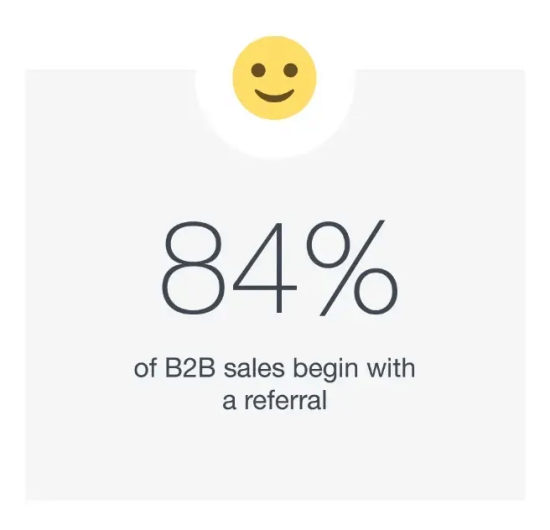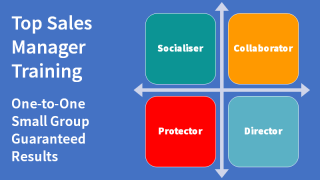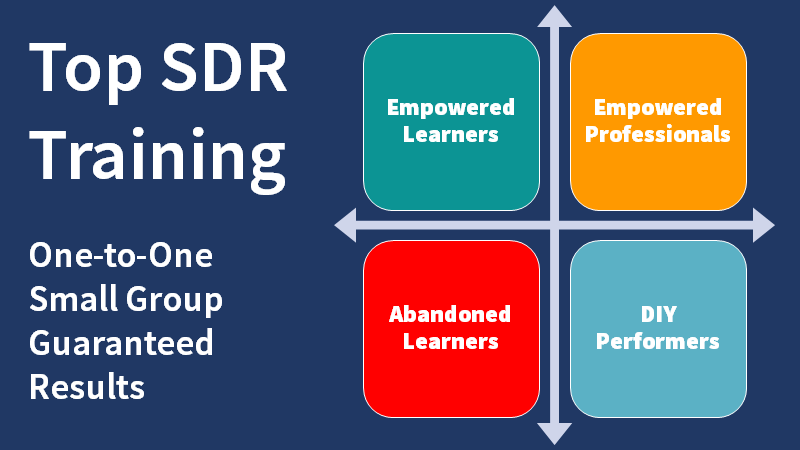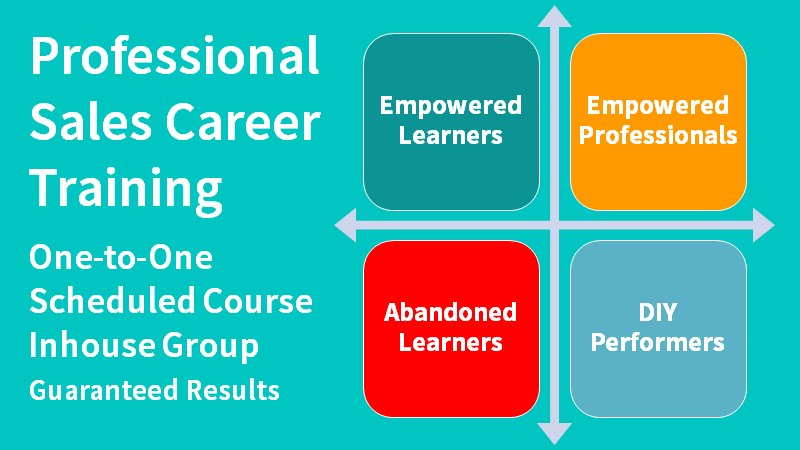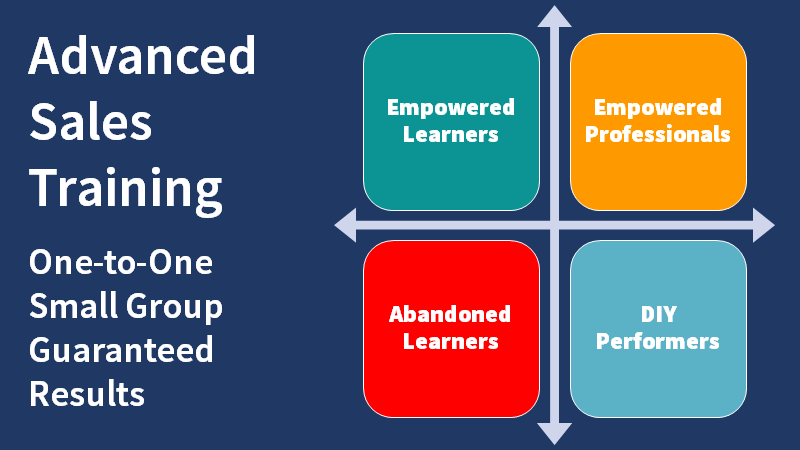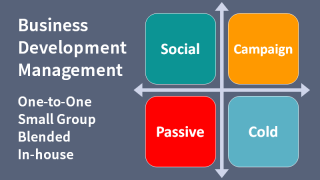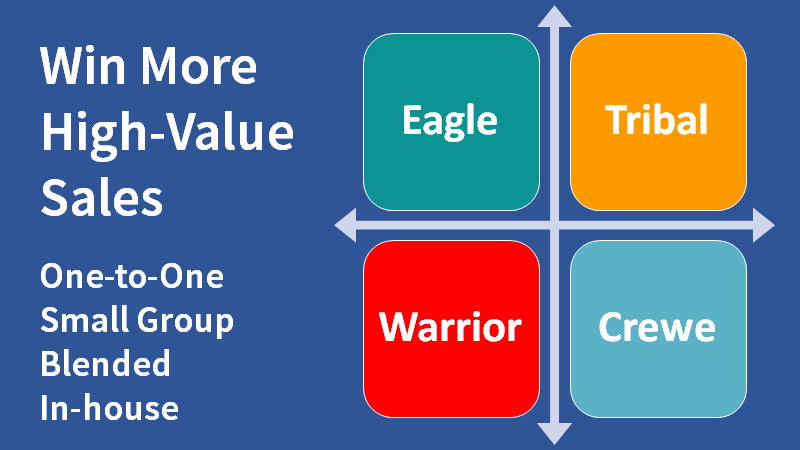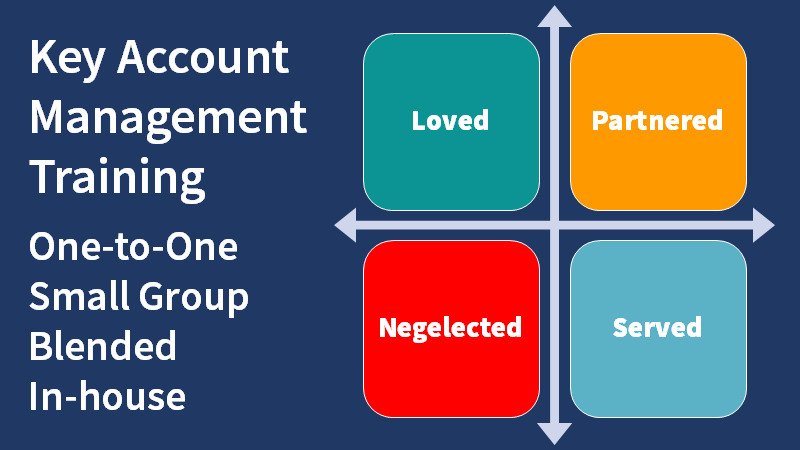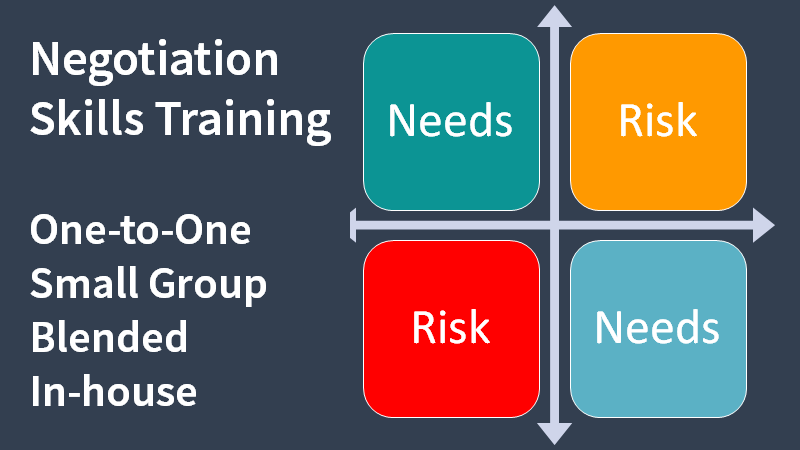You can get new customer referrals on the first order.
The best time to ask for new customer referrals is when they place their first order.
It can also feel like the most uncomfortable time to ask for referrals. Salespeople don't want to risk unpicking the buyer's commitment.
Say, "When we have delivered and you are satisfied, would you be willing to help us provide the same benefits for others?"
Some reply, "Yes, of course."
It is sometimes that simple.
Those who agree are likely to feel obliged to stand by their agreement when you ask them for referrals later.
Others ask what you have in mind.
Say, "I'd like to ask for your guidance on those amongst your suppliers and business partners who could have similar needs."
This will draw a 'yes' from more of the people you ask.
Now you can try converting their recommendations into introductions. This is how to do it.
Some will say no, some will have a policy, and some may look uncomfortable.
You can back down gracefully if necessary.
Suppose you make this request of ten new customers, how many do you think would agree to help?
Our experience suggests about half of them will say yes.
One referral from half of your new customers would make it worth asking. Referral conversion rates have been over 80% for us.
Guide to Getting New Customer Referrals with Their First Order
Securing referrals from B2B customers after their first order requires an approach that builds on their initial satisfaction and the potential for long-term business relationships. Here’s a comprehensive guide to help you set up and manage an effective referral program tailored for B2B clients:
1. Deliver an Exceptional First Experience
Ensure that your product or service meets or exceeds expectations. Good first impressions are essential. Provide excellent customer support throughout the purchasing and onboarding process. A positive initial experience sets the stage for future interactions.
2. Introduce the Referral Program Early
During the onboarding process, introduce the referral program as a way for your clients to share their positive experiences. Include details about your referral program in the welcome package or introductory emails sent immediately after the first purchase.
3. Simplify the Referral Process
Make the referral process straightforward. Provide personalised referral links or codes that clients can easily share with their network. Offer an online portal or dashboard where clients can manage their referrals and track rewards.
4. Communicate the Benefits Beyond Rewards
Highlight the mutual benefits of the referral program, such as helping peers find reliable solutions and contributing to industry growth. Share stories illustrating how referrals help create a network of trusted businesses that support each other’s success.
5. Timing the Referral Request
Shortly after the first order is completed and the client has had a positive experience, send a follow-up email thanking them and introducing the referral program. After confirming that the product/service has been delivered and met expectations, remind them of the benefits created by your referral program.
6. Leverage Positive Feedback
When customers give positive feedback, ask them to share their experience through a testimonial. Then use the testimonial to approach referred and recommended prospects. Use case studies and success stories to encourage other customers to make referrals in their networks. Encourage customers to share their positive experiences on professional networks like LinkedIn.
7. Create Engaging Content
Encourage new customer referrals with engaging and personalised messages, emails, and letters. See some templates here. Create a schedule for sending them interesting shareable content. This is how.
8. Thank and Acknowledge Referrals
Send personalised thank-you notes or emails to clients who make referrals. Recognise top referrers publicly, such as in newsletters or social media, to encourage others.
9. Track and Optimize the Program
Use analytics to track the effectiveness of your referral program. Measure metrics such as the number of referrals, conversion rates, and ROI. Regularly collect customer feedback about their experience with the referral program and make any necessary adjustments.
Email Template for a New Customer Referral Request
Subject: Thank You for Your Business! Help Us Grow Together!
Hi [Client's Name],
Thank you for your recent order with [Your Company]. We hope our [product/service] is already proving valuable for your business.
We believe that great partnerships are worth sharing. That’s why we’re inviting you to join our referral program. By referring others to us, you can help your peers benefit from the same quality solutions while building a stronger network of like-minded businesses.
Here’s how it works:
- Share this unique referral link with your network: [Referral Link]
- Your referred businesses will receive [benefit, e.g., a 10% discount on their first order].
- For every successful referral, you’ll earn [reward, e.g., a £100 credit towards your next purchase].
We’re committed to supporting your business and look forward to growing together. If you have any questions, please ask. I'll be pleased to respond or speak.
Thank you for being a valued customer. We look forward to our continued partnership!
Best regards,
[Your Name]
[Your Position]
[Company Name]
By creating your own new customer referral programme, you can encourage B2B clients to refer others right from their first order, leveraging their initial satisfaction to drive new business. This approach helps in customer acquisition and strengthens the relationship with new customers by involving them in your growth journey.
This is the tenth of 17 referral prospecting methods shared on this site. See the others here.
If you want to get more new customer referrals, we can help. Call +44 (0)1392 851500. Alternatively, use the contact form here or send an email to jimm@salessense.co.uk.
